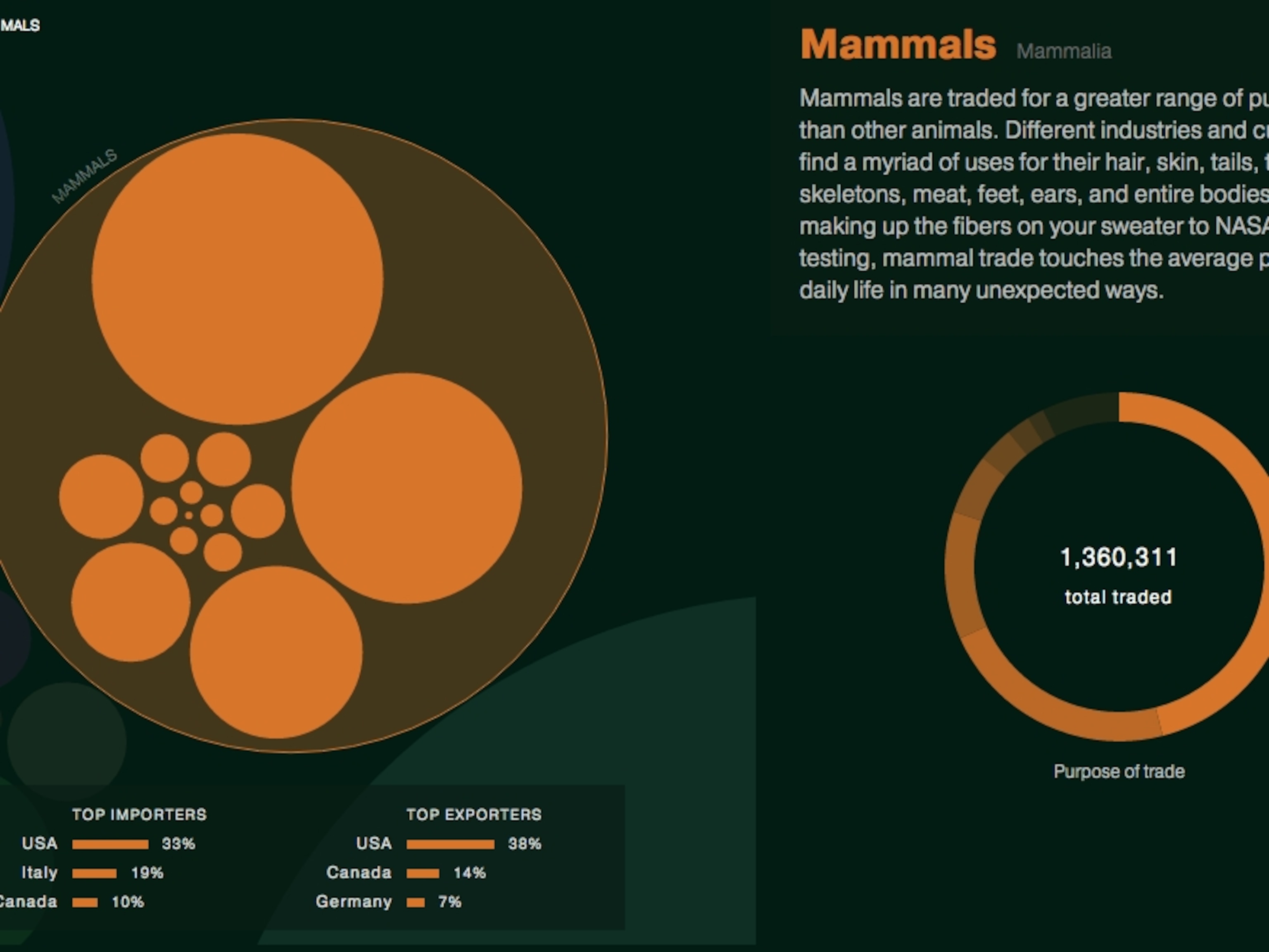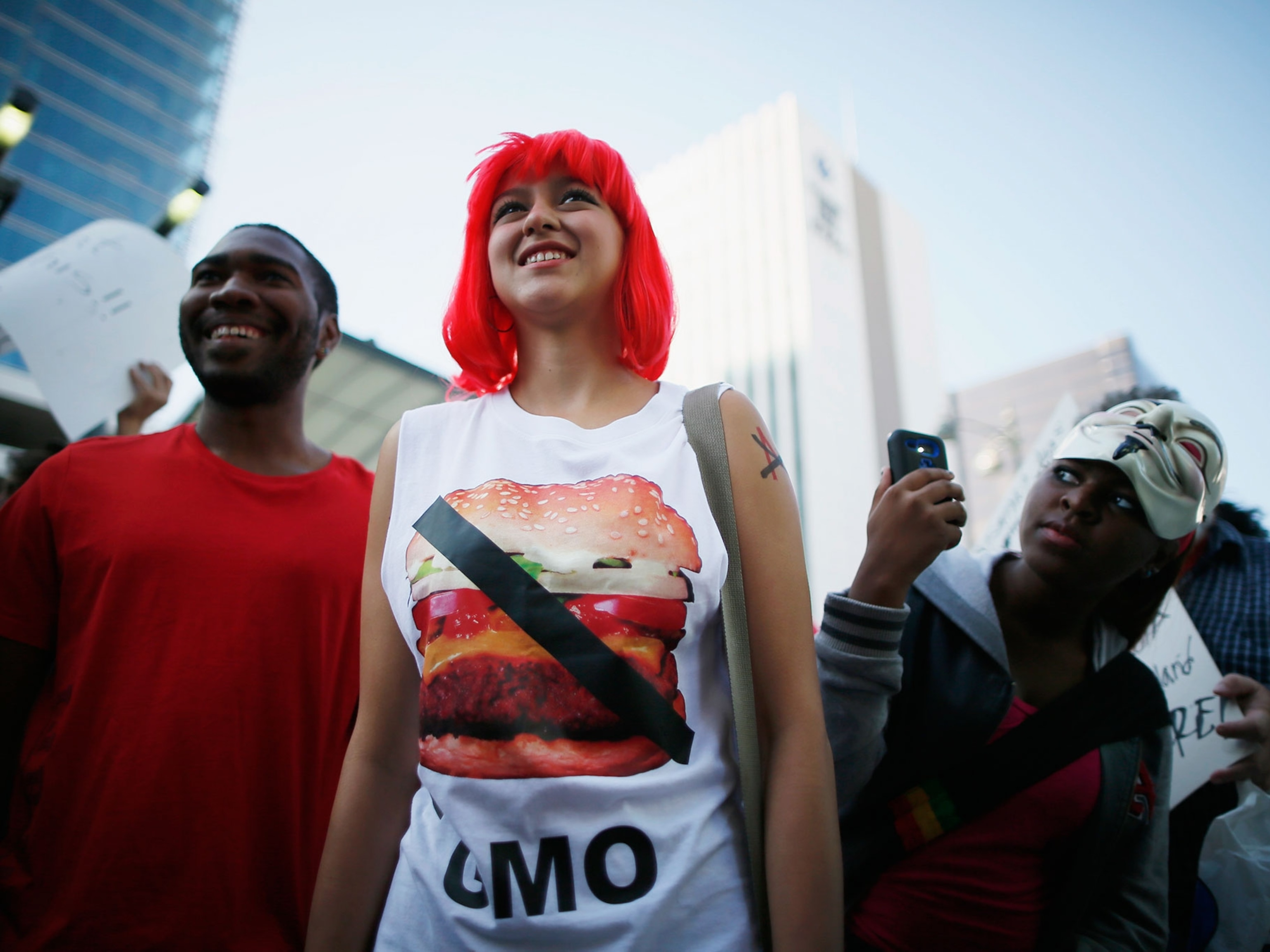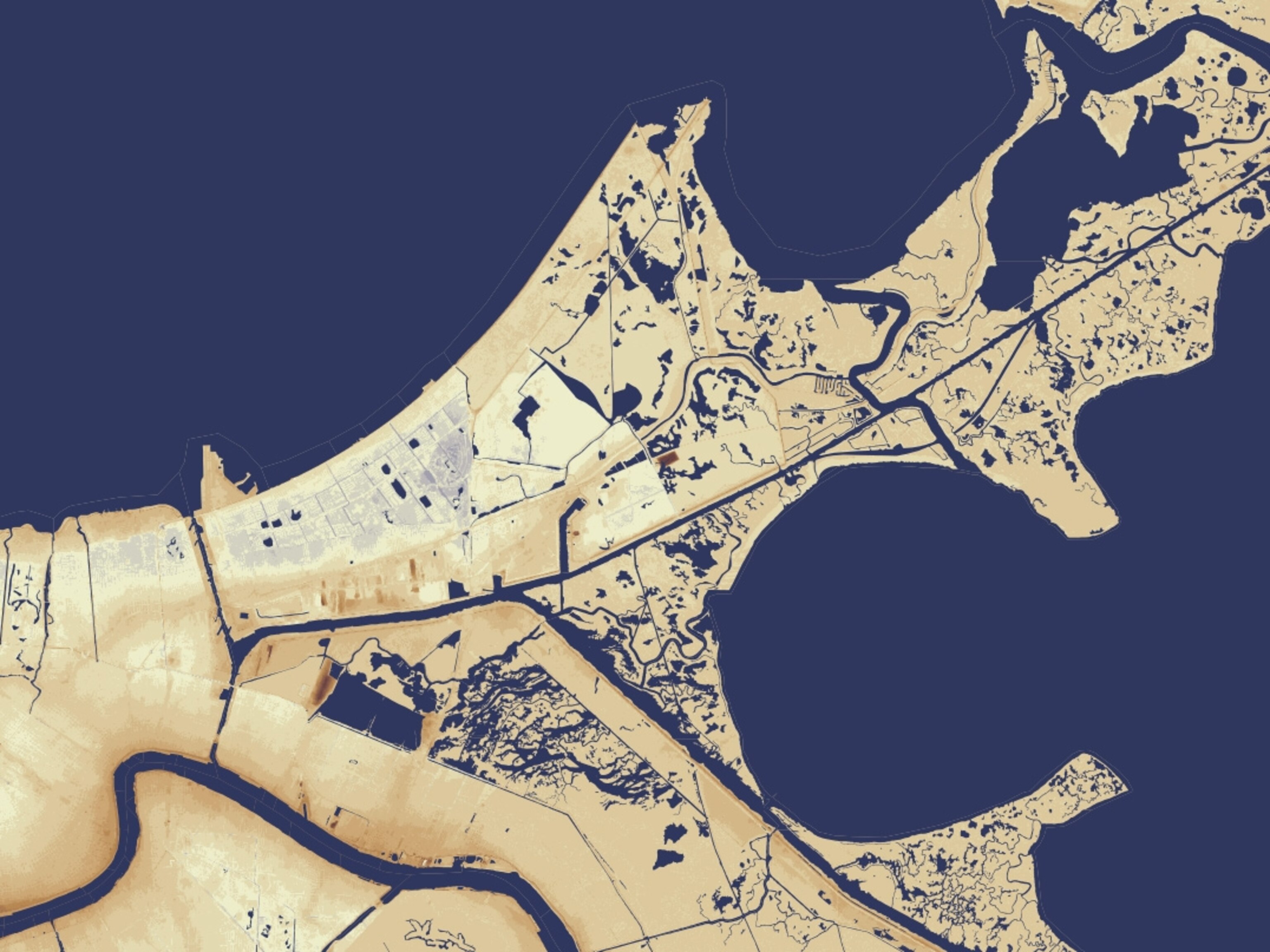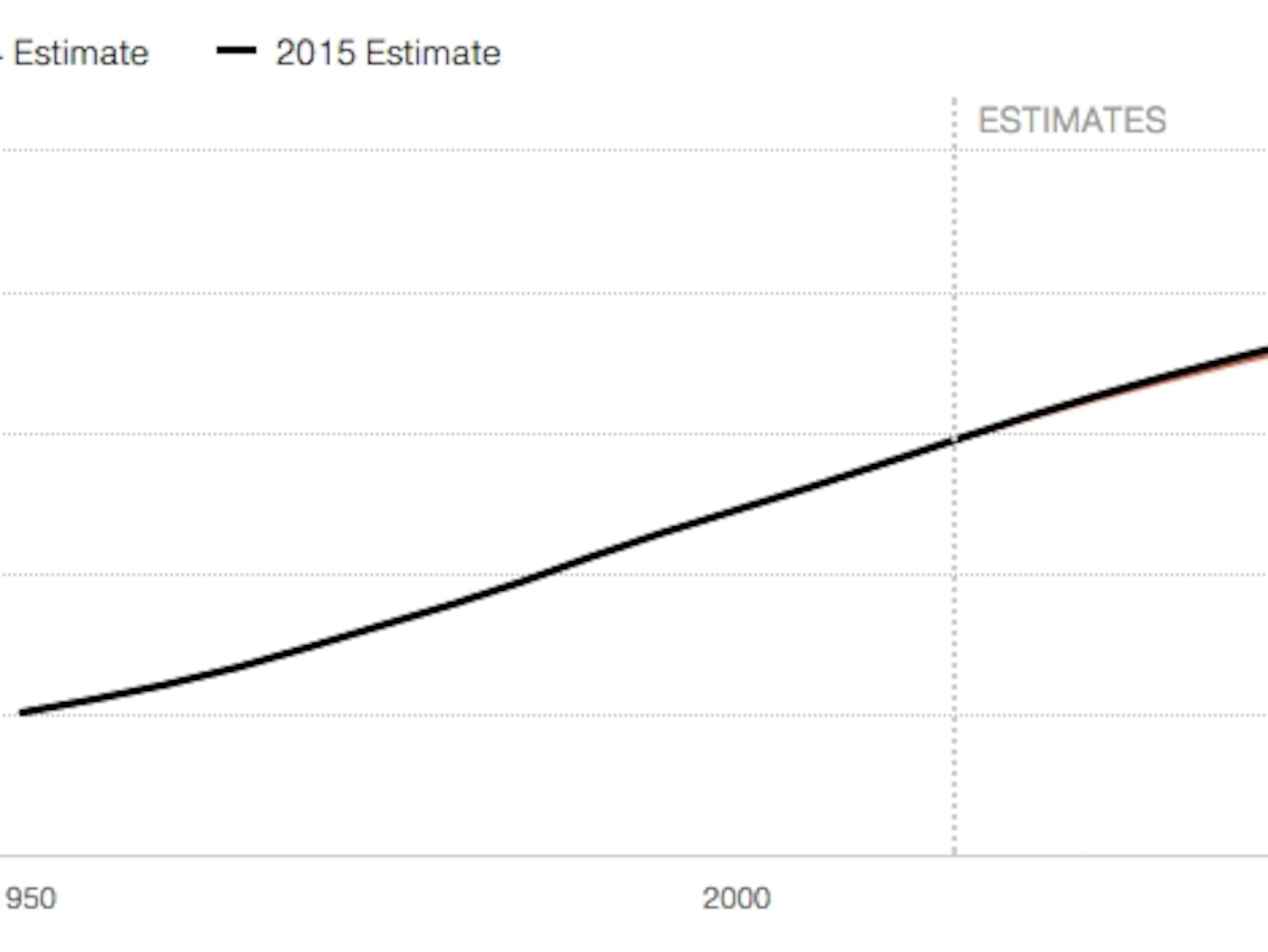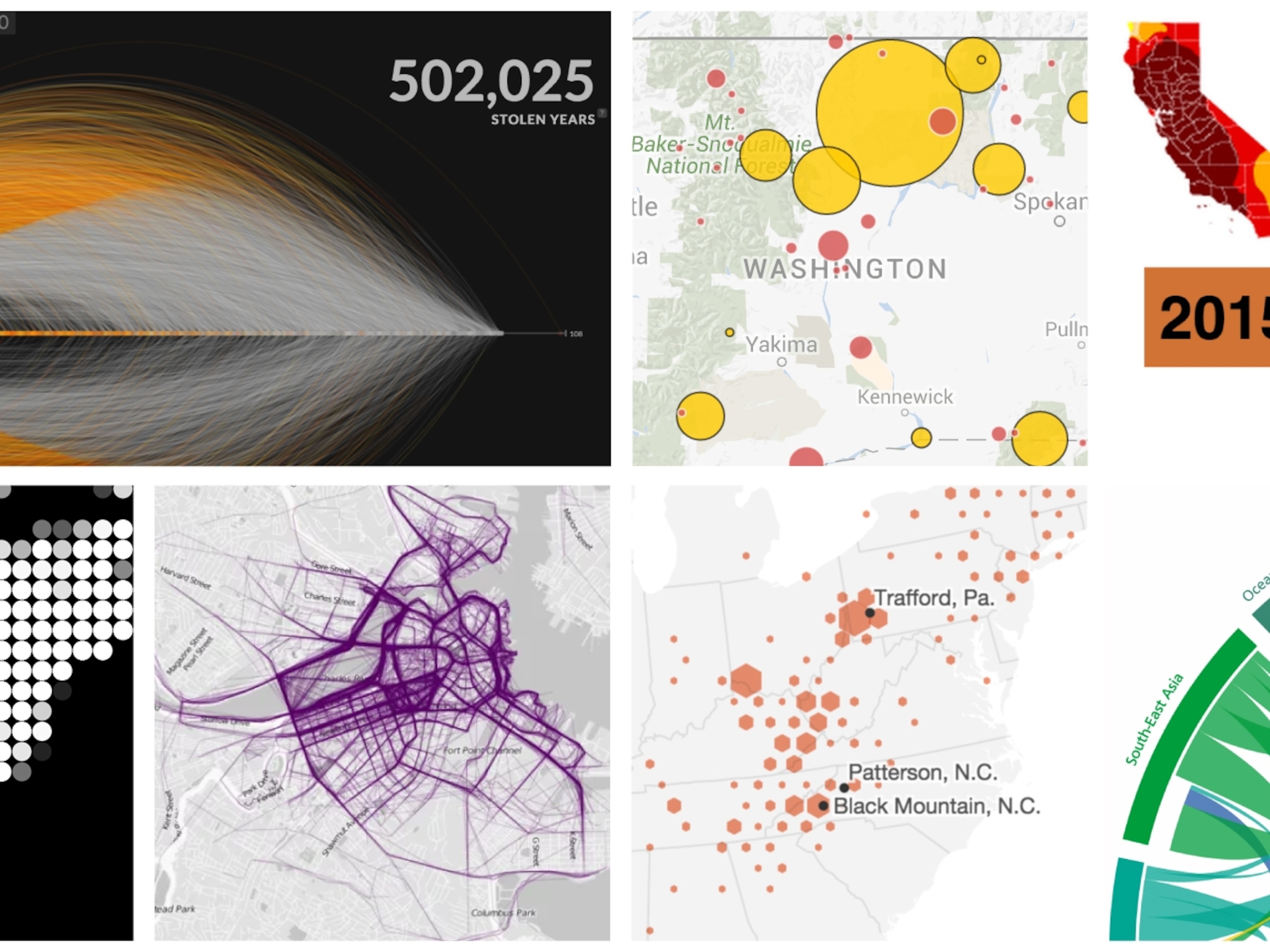Who Are U.S. Catholics? Numbers Show a Surprising Shift
In the last 30 years, Roman Catholics in the U.S. have become more diverse—racially and geographically.
Fifty years since Pope Paul VI became the first pontiff to visit to the United States, Pope Francis is preparing for his inaugural appearance in the country. The only pope to rival John Paul II (who visited the U.S. more than any other pope) in approval ratings, Pope Francis faces a much different audience than his predecessors.
The U.S. Roman Catholic population has been subject to many of the larger trends affecting the general population over the past two decades. Take, for example, their geographic distribution across the country. While Catholics were once concentrated in the Northeast and Midwest, today they cluster in the South and West.
This movement is not unique to Catholics—it’s a product of internal migration and immigration factors. “People go where the jobs are,” says Mark Gray, Senior Research Associate at Georgetown Center for Applied Research in the Apostolate (CARA). That means moving from the rustbelt to the sunbelt.
Shifts in the general U.S. population are likewise affecting the cultural composition of today’s U.S. Catholics. Between 1987 and 2015, the Hispanic Catholic population increased by 24 percent. “The fastest growing subgroup of the U.S. population is the Latino population, so it’s no surprise,” Gray says. Moreover, the number of foreign-born Catholics in the U.S., at 21.5 million in 2014, has been increasing steadily over time, according to Georgetown CARA.
National cultural trends affect another facet of Catholic demographics: marital status. “Marriage is less common, people are waiting longer to get married, if they get married at all. There’s a significant uptick in living with a partner without marrying,” Gray says.
And as baby boomers hit retirement age, the U.S. Catholic population is getting older. Today, almost half of U.S. Catholics are over 50 years old. At the same time, young people raised in the faith, who could replace the aging generation, are falling away from the church in adulthood.
“Millennials are being turned off by the political tone of religion,” Gray says. “And they’re a more digital generation, so they’re less likely to join brick and mortar institutions like churches. They’re coming of age in a different period of history where church membership isn’t necessarily a necessity.”
Disenchanted by religion in general, millennials are increasingly choosing to not identify with any religion at all.
Until recently, baptism rates were stable, practically parallel to birth rates. But for the last decade, infant baptism rates have fallen below the affiliation rate, a red flag for population analysts like Gray. While the decline could be due to people waiting to baptize their children later in life, experts cannot yet completely explain the discrepancy.
Among the 31.7 percent of Americans adults who say they were raised Catholic, 41 percent no longer identify that way, according to the Pew Research Center’s 2014 Religious Landscape Study. Gray says it’s too soon to tell if these trends will continue. But if fewer people are being baptized into the faith, and many of those who are baptized later leave the church, that doesn’t bode well for Pope Francis’s U.S. flock.
However, Gray points out that historically, it’s not unusual for young people who leave the faith to come back later in life. Of those who abandon Catholicism in their teens and 20s, a handful return in their 30s and 40s, when they will register with their local parish and baptize their children. Gray estimates that these “reverts” comprise about 10 percent of the Catholic population in the U.S.
As to whether Pope Francis’s popularity could sway more back to the Church, it’s unlikely. “No pope has really had an effect on [changing] people’s religion,” Gray says. “Just because people like [Pope Francis] and think he’s a nice guy doesn’t mean they’re going to change their religion. I think the Dalai Lama is a nice guy, but he doesn’t make me want to change my religion.”
